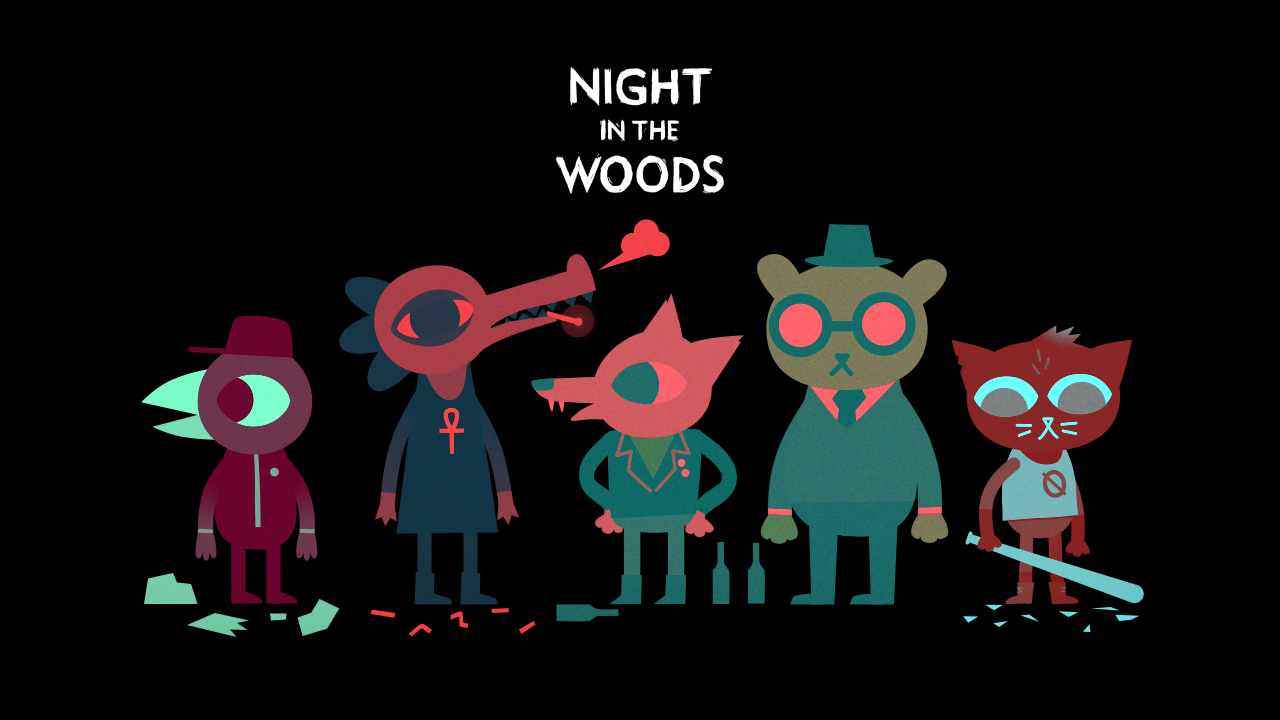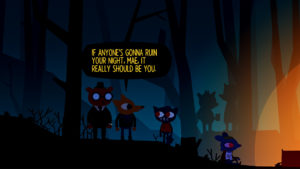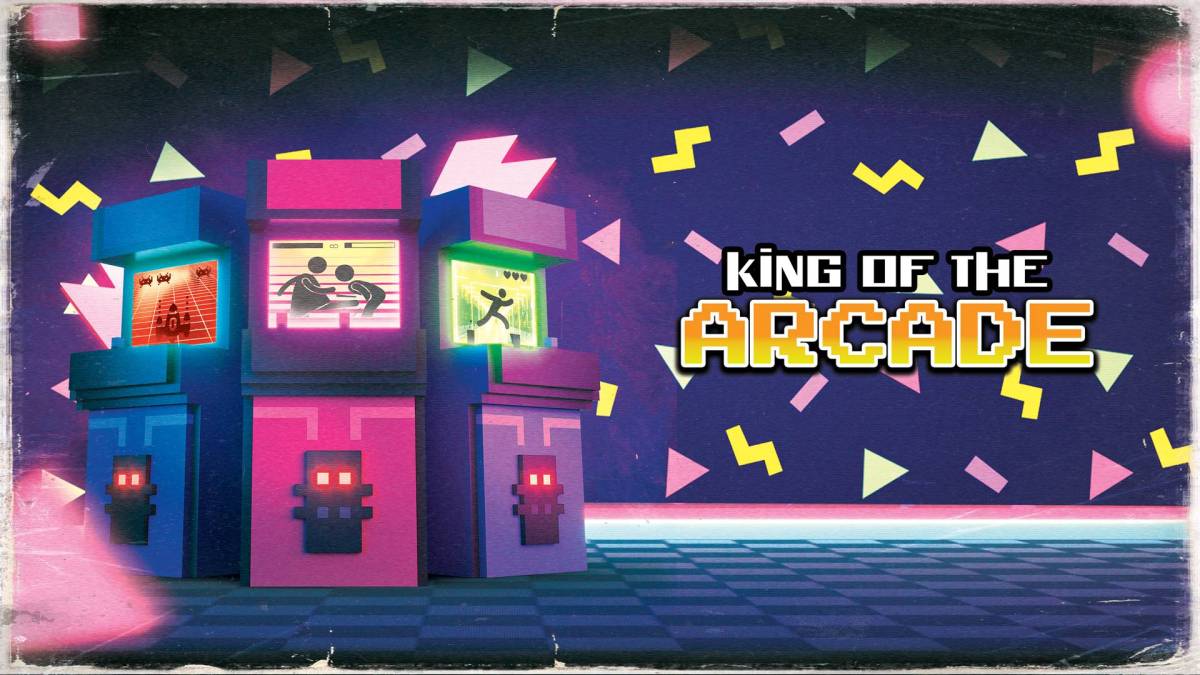
Night in the Woods, from developer Infinite Falls, is a game about small-town, post-teens finding themselves. If that sentence immediately turns you off then this might not be the game for you. If you give it a chance, you might find one of the most smartly written games to date about growing up, relationships, and the dread of having to make it on your own.
You play as Mae, a 20-year-old anthropomorphic cat that just arrived home fresh out of dropping out of college. Home for Mae is Possum Springs, a small Rust Belt town where finding a job is not what it used to be and all the kids dream of being anywhere else. As someone from a similar place, this felt all too familiar. The townsfolk have their set routines and wax poetic about a time when things were better, even if that might never have been the case. The actual gameplay reflects this with Mae following an in-game routine of waking up, wandering about, and interacting with the various residents. During her adventures, Mae notices strange occurrences and with the help of her friends (when they aren’t busy at work) slowly unravels a mystery based around the town’s possibly haunted past.
The characterization is what really drives the plot. Mae is a complex character with real flaws and insecurities. She uses her dark humor and snark to hide it in the way many damaged individuals her age do. Many of the people in town judge her in that way small communities tend to, so Mae acts out through things like vandalism and shoplifting (represented in fun little mini-games), only adding to the problem. She is immature and aloof, yet caring and funny. Mae may be a cat, but she is more human than most video game characters I’ve ever encountered.
That’s not to say Mae is the only well written character in the game. Mae’s friends are all highlights. Gregg is her childhood friend that works at the Snack Falcon (great store name) with endless exuberance and a penchant for “crimes”. He also is in charge of the groups angst ridden band, and the practices play out in a well made rhythm game. His boyfriend Angus is quiet, kind, and incredibly pragmatic. Early on he even fixes Mae’s computer and gives her access to a better than you’d think dungeon crawler. Bea is a goth alligator that works at her father’s store. I got to know her the most as there is only so much time in the day to hang out with people. Her relationship with Mae is complicated and at times resentful but also loving. Finally, Germ is the youngest and newest part of the group. I initially found him to be written weird for weird’s sake, but like most things in this game, as I learned more about him he quickly grew on me.
Mae’s parents have their own hopes and desires that might not coincide with a stay at home daughter, but they also care for her unconditionally. Conversations with them were enlightening and at times reminded me of my own parents. There is the next door neighbor/aspiring poet, a teacher that loves to look at the stars (I recommend joining him), a new pastor trying to deal with a town stuck in its ways, and countless others that make the town feel like an actual place. All these conversations tackle themes that video games have only recently started to truly explore: mental illness, sexuality, abuse of all varieties, faith, addiction, loss, resentment, and simply finding yourself in a world that might have seemed much nicer when you were a child.
The gorgeous art style permeates the experience. The design is similar to the work of Richard Scarry and the vibrant colors make the town seem inviting in the ways small towns can be. Explore a little deeper though and you will find run down buildings, and closed down stores that show the economic struggles of the town. The soundtrack is lovely and is perfectly set to the mood of each scene. Exploring the main town is upbeat while the farther out you get the quieter and more natural the sounds become, giving an air of loneliness that comes with living in the “middle of nowhere”. Mae even has dream sequences with their own neon almost supernatural color scheme. These are light platforming segments that provide some of the game’s most lasting visuals.
As games continue to evolve and mature, the need to explore these more taboo topics will continue to grow. Night in the Woods is not the first game to try its hand at it, but it is the most successful attempt I’ve yet come across. It treats all of its characters like characters and not just the caricatures they might initially appear to be. In my ten hours with the game, I was constantly impressed by the writing and how it made me laugh, think, and reminisce about a time not so long ago for me. Not everyone who plays this is going to be a small town, 20-something still trying to figure it out and that’s okay. You should still give it a chance because Infinite Falls has created something really beautiful here.







